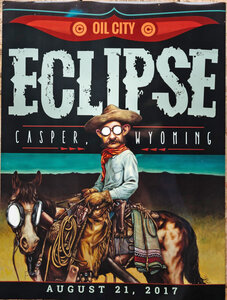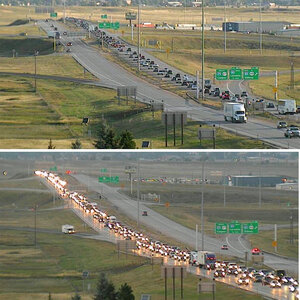How to see the eclipse
The lunar eclipse will be visible in North America, as well as parts of South America, Polynesia, eastern Australia and northeastern Asia, according to NASA.
For U.S. viewers the peak of the eclipse — when the moon is the most covered by Earth's shadow — will be at 4:03 a.m. ET. But the moon will begin to pass into the Earth's shadow much earlier, around 1 a.m. ET. At 2:19 a.m. ET, the moon will move into the umbra, the inner part of Earth's shadow and begin to look like a chunk is missing from it. It will turn red around 3:45 a.m. ET. NASA predicts the eclipse will last over 3 hours and 28 minutes. That would make it the longest partial lunar eclipse in 580 years.
To see the show, simply go outside and have a look. A pair of binoculars or camera with a tripod might enhance your view.
The lunar eclipse will be visible in North America, as well as parts of South America, Polynesia, eastern Australia and northeastern Asia, according to NASA.
For U.S. viewers the peak of the eclipse — when the moon is the most covered by Earth's shadow — will be at 4:03 a.m. ET. But the moon will begin to pass into the Earth's shadow much earlier, around 1 a.m. ET. At 2:19 a.m. ET, the moon will move into the umbra, the inner part of Earth's shadow and begin to look like a chunk is missing from it. It will turn red around 3:45 a.m. ET. NASA predicts the eclipse will last over 3 hours and 28 minutes. That would make it the longest partial lunar eclipse in 580 years.
To see the show, simply go outside and have a look. A pair of binoculars or camera with a tripod might enhance your view.
Last edited:







